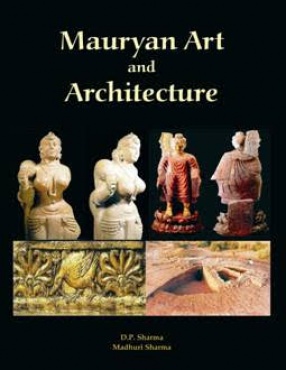
Madhuri Sharma

Showing all 10 books

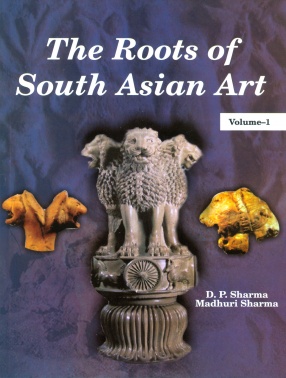
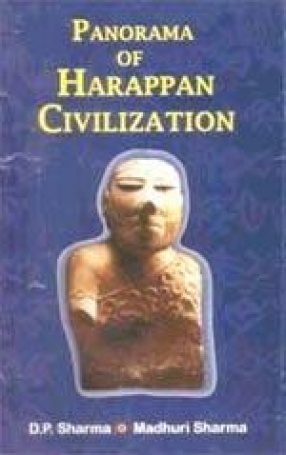
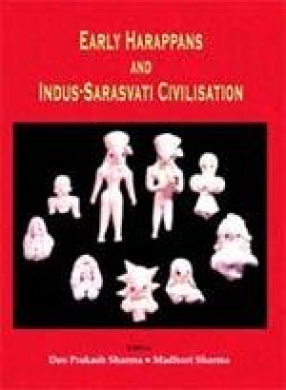
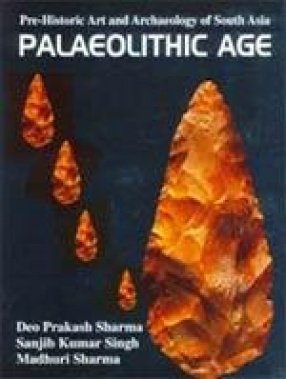
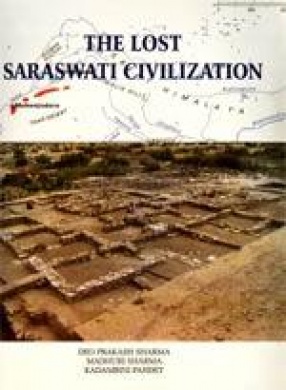

Mauryan Art (c. 321-185 B.C.) is the formative stage of early Indian Art and its roots are present in Harappan Art (c. 2700-2000 B.C.) of north-western part of South Asia. A few motifs of the Mauryan art, like the back-to-back Lions, Bull, Linga & Arghya, Trisula, Nandipada, Lotus, Srivatsa, Kalash, Chiti (Ratha chiti), monolithic polished pillar and rock-cut architecture are found in the lower tradition of Harappan art which were developed into higher ...


This book “The Roots of South Asian Art” is a joint work of D.P. Sharma and Madhuri Sharma. The book covers Art History of South Asia from upper Palaeolithic to Early historic period. Roots of South Asian Art exist in lower traditions of South Asia since Harappan age (circa 2700-2000 B.C.) and these roots developed in higher traditions of Art from 3rd c.B.C. onwards. Mother Goddess worship began during circa 20000 B.P. and developed during Harappan, ...
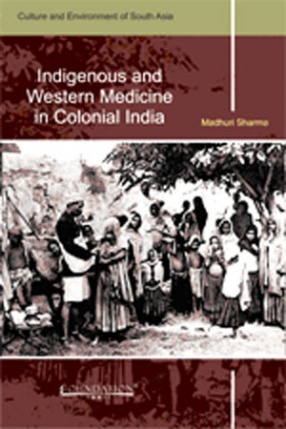
Indigenous and Western Medicine in Colonial India delves deep into the social history of medicine and reflects on the multiplicity and complexity of social interaction and encounter between indigenous and western medicine. An important feature of this book is that it is prepared almost solely on the basis of sources such as tracts and pamphlets written by a wide variety of people, brochures and booklets of various medicine shops and drug manufacturing companies. ...
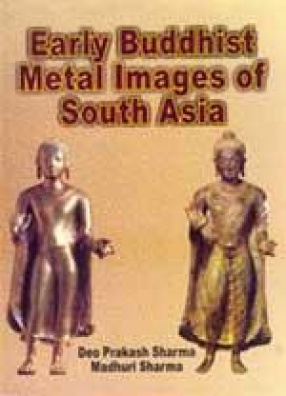
This book “EARLY BUDDHIST METAL IMAGES OF SOUTH ASIA†with Special Reference to Gupta-Vakataka Period is a Joint work of Mrs. Madhuri Sharma and D.P. Sharma, both Art Historians, Archaeologists and Museologists. This includes a chapter on origin of Metal images of South Asia, different stages of Gupta period Art and Catalogue data of rare metal images of Gupta-Vakataka period. The large number of Gupta period metal images are on display in the Museums of ...

Panorama of Harappan Civilization deals with the introduction of Harappan Civilization, Harappan Art, Seals, Ceramics and Jewellery. The authors prefer the name of Harappan Civilization to Indus or Indus-Saraswati Civilization. An unique contribution in this book is the identification of the inscribed double headed terracotta of Siva from Kalibangan which has three Harappan signs in Proto-Brahmi Script and the authors have read these three signs as Sivam. The ...

According to a scholar the Harappan Civilization is the gift of two rivers - the Indus and Sarasvati whose tributaries had played a dominant and decisive role in the origin of this bronze civilization. As of now around 2658 Harappan and its associated sites have been reported, of which 1058 sites are located in the dried-up bank of the Sarasvati river. The Sarasvati was a mighty river between ca. 5000 and 1800 B.C. Around ca. 1800 B.C., due to neo-tectonic ...

The book "Palaeolithic Age" is the first book on Prehistoric Art and Archaeology of South Asia. The second book of this series is on Mesolithic-Neolithic and third book is Early Bronze and Iron Ages in South Asia. This volume Palaeolithic Age covers the sites of South Asia. Lower Palaeolithic Age begins in South Asia around 2 million years ago. Oldest tools are pebble tools from Riwat in Soan area. Early acheulian or Abbevillian begins in Karnataka ...
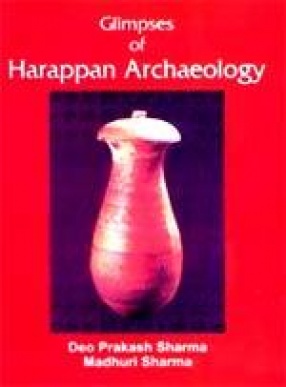
Glimpses of Harappan Archaeology (c. 2700 B.C-2000 B.C.) is a joint work of D.P. Sharma and Madhuri Sharma. The book includes introduction nomenclatures, discoveries, stories of excava-tions, migration, updates about Harappan Archaeology, Art, minor arts and crafts, Harappan society, religion, trade transport and the decline of Harappan civilization. The Harappan civilization is the most appropriate term for its nomenclature. In 1917, Lugi Pi Tessitori did ...

The "Lost Saraswati Civilization" is an edited work of Deo Prakash Sharma and madhuri Sharma. Till today around 2668 Harappan and its associated sites have been reported in north-West south Asia in which 1100 sites are located on dry banks of river Saraswati and its tributaries. During 3rd millennium B.C. Hindon was a tributary of river Saraswati and around 250 Harappan sites have been reported on the banks of river Hindon, mandi, Hulas, Alamgirpur, ...
